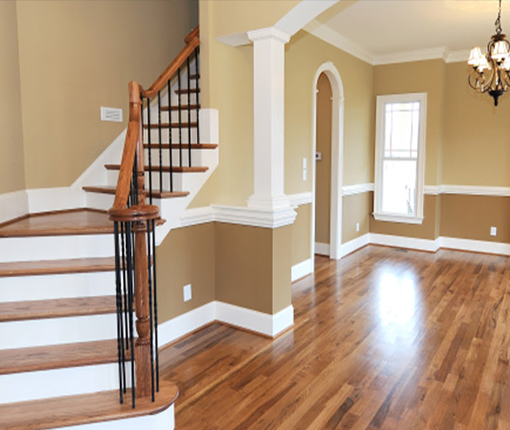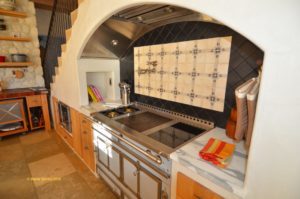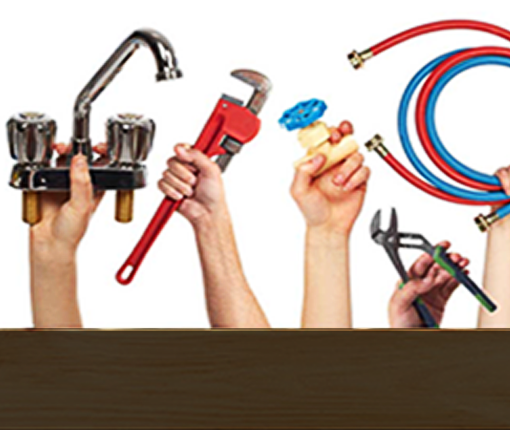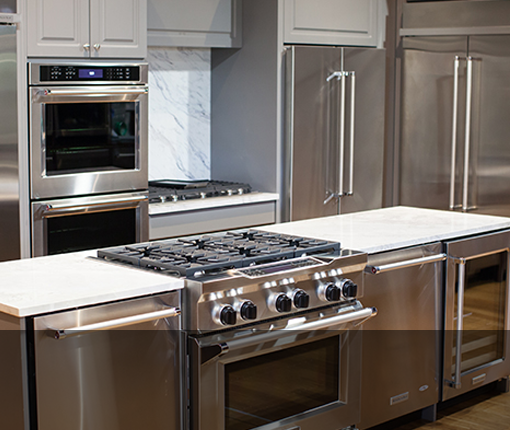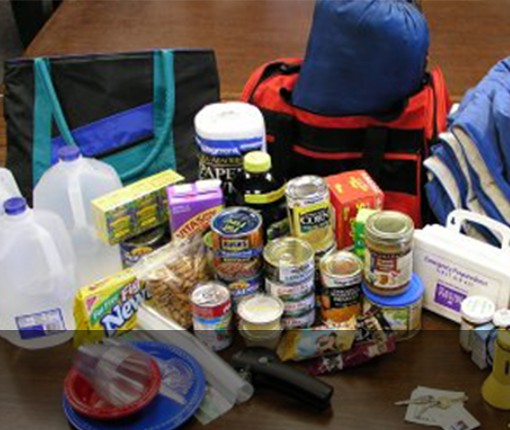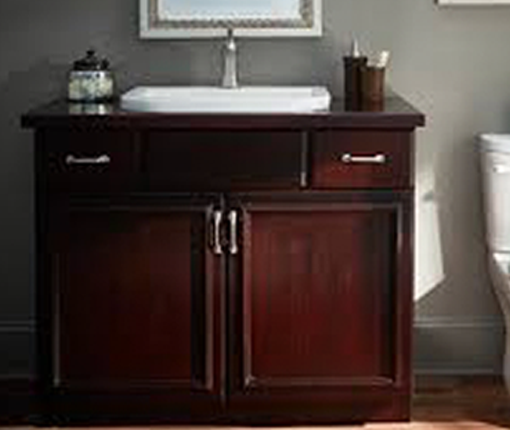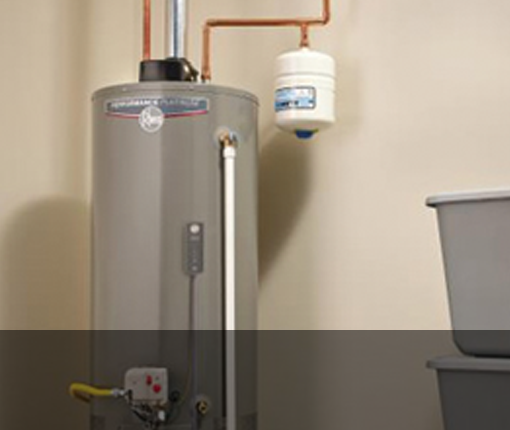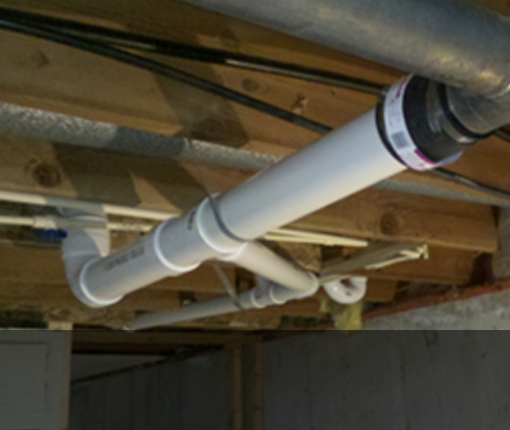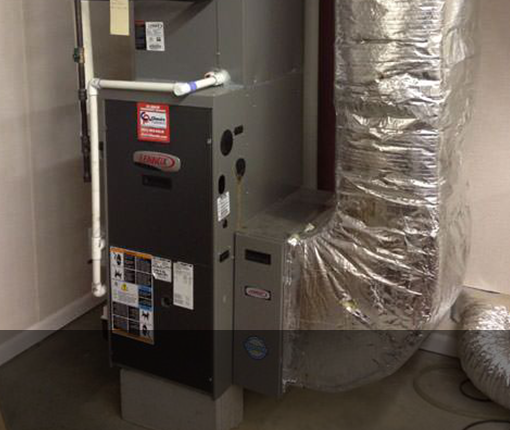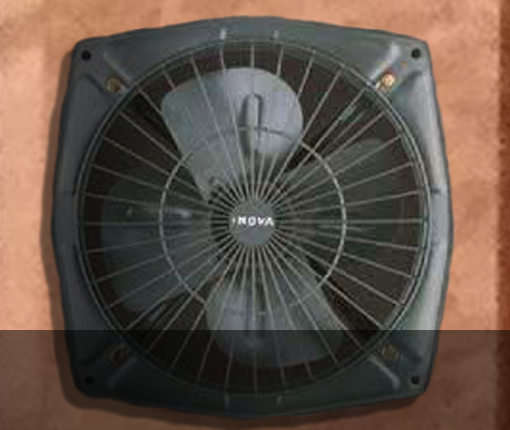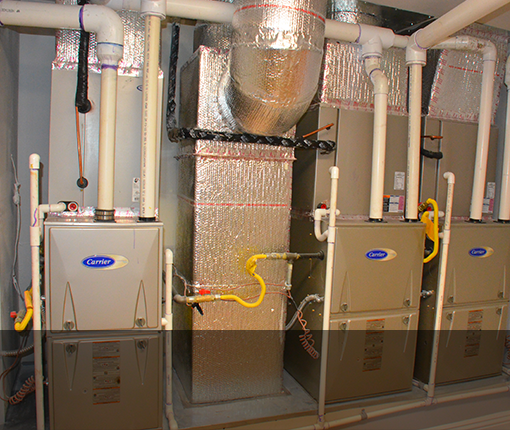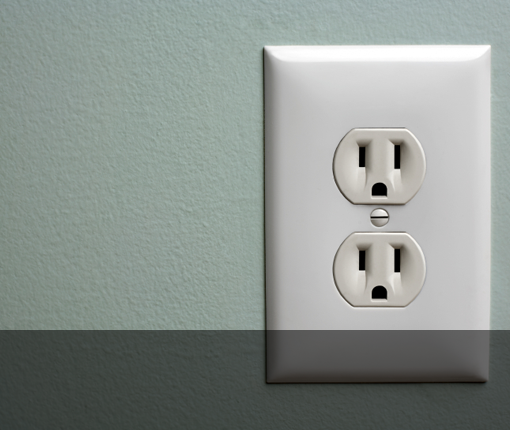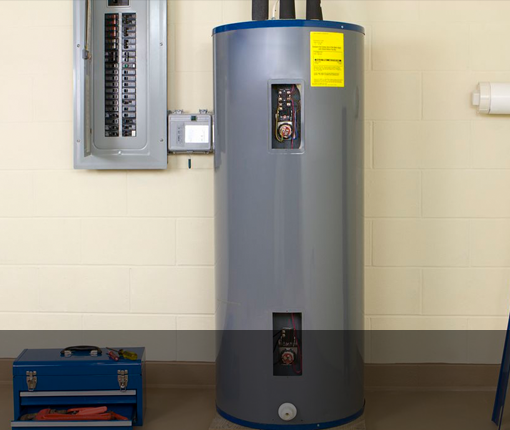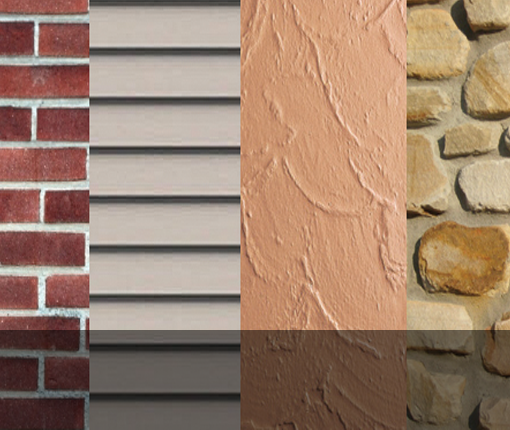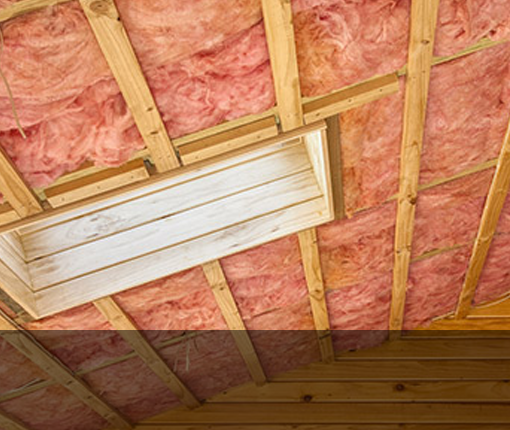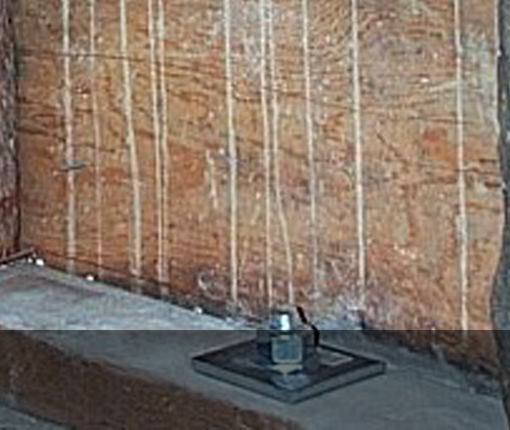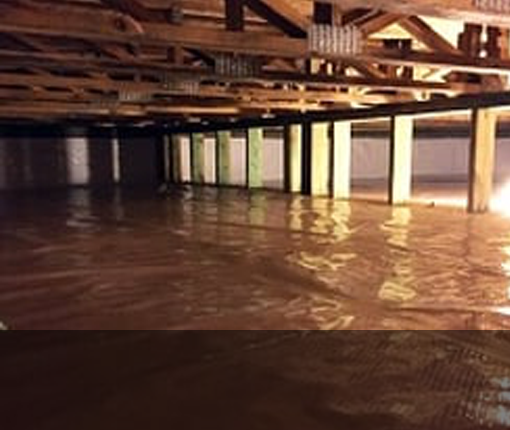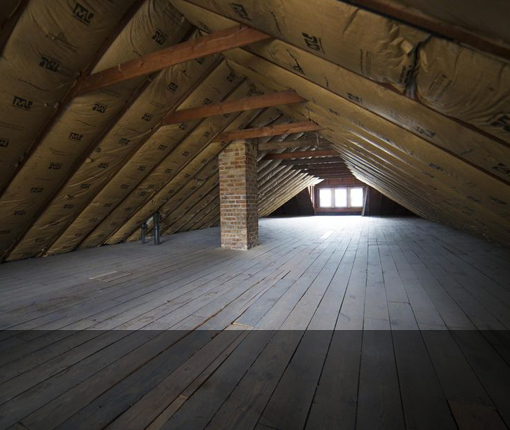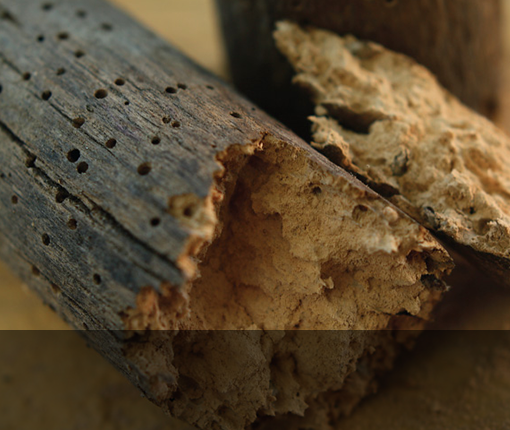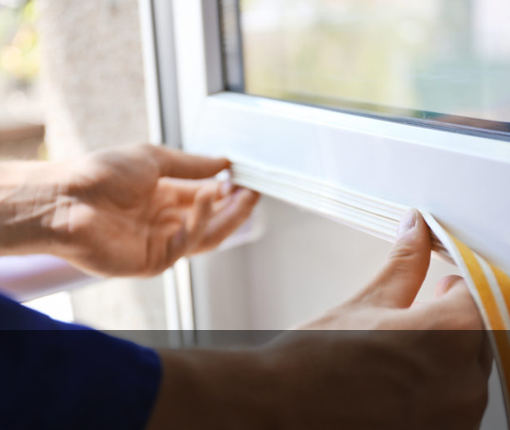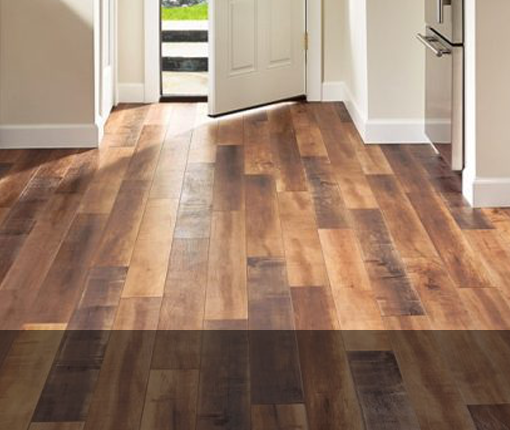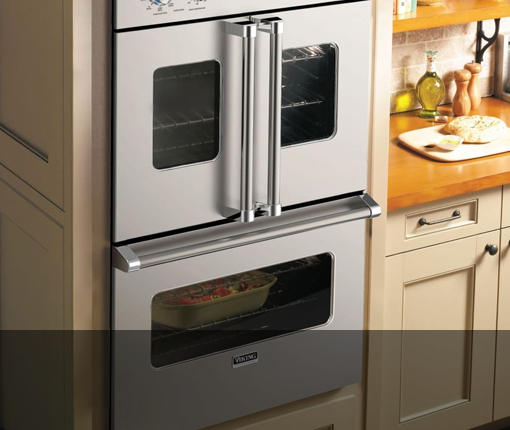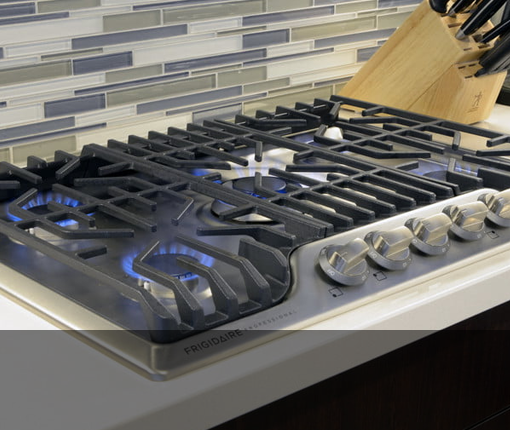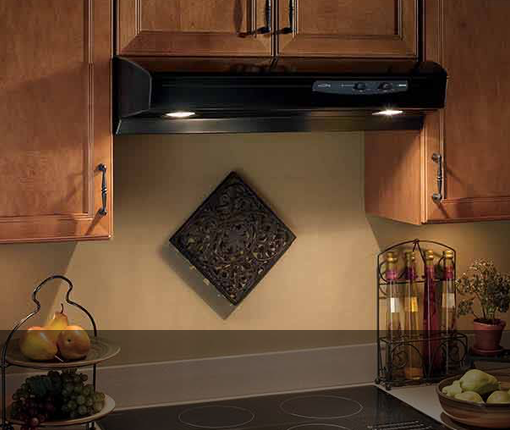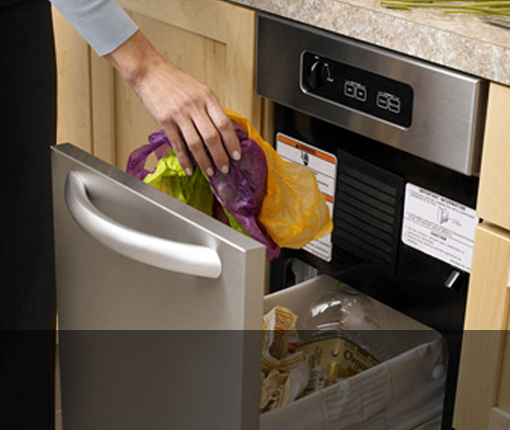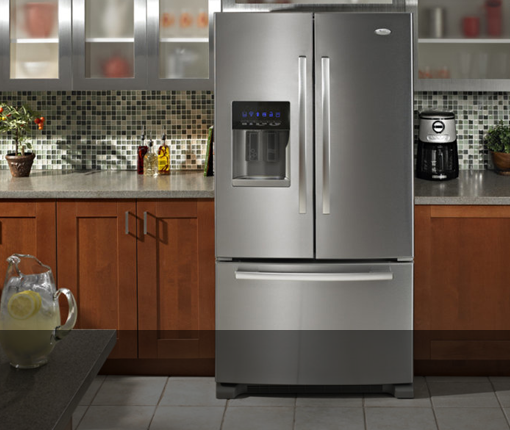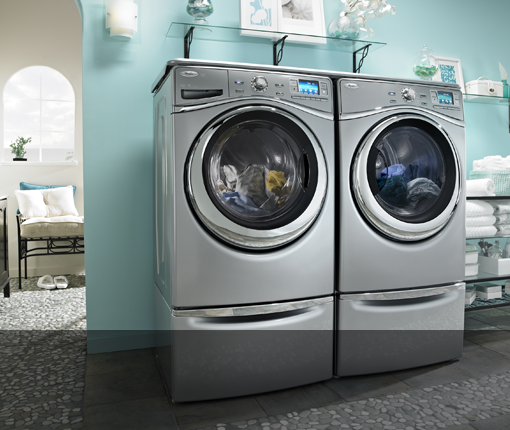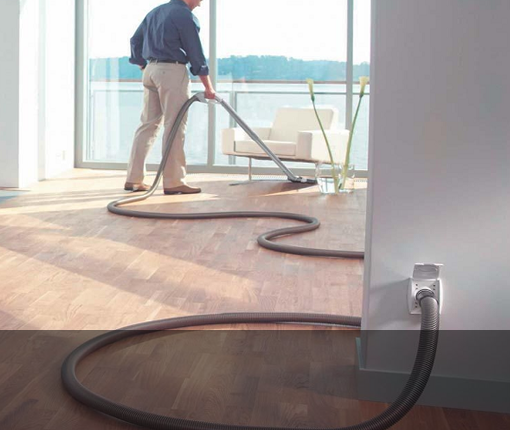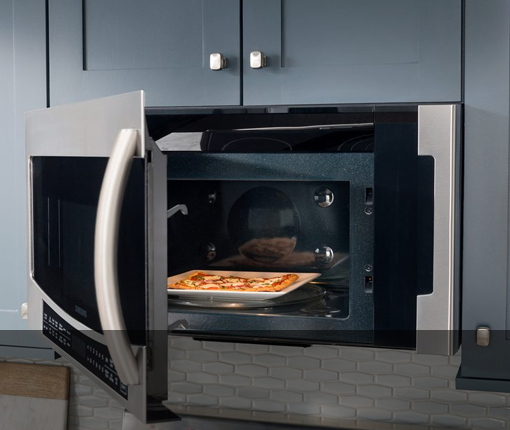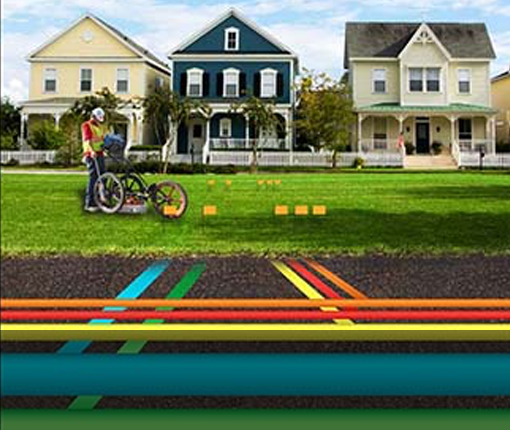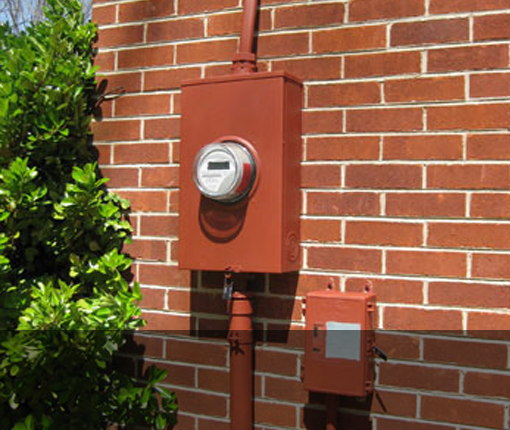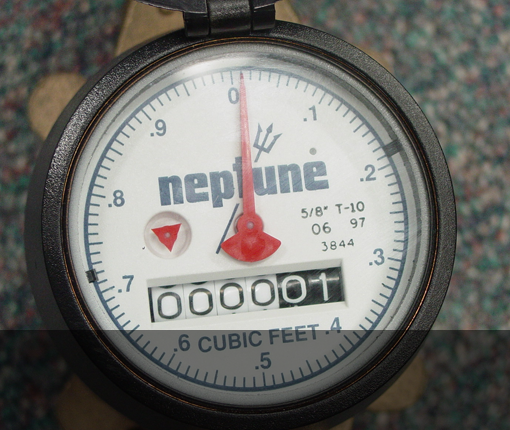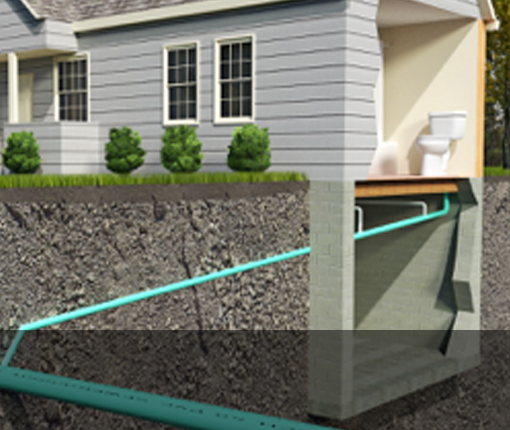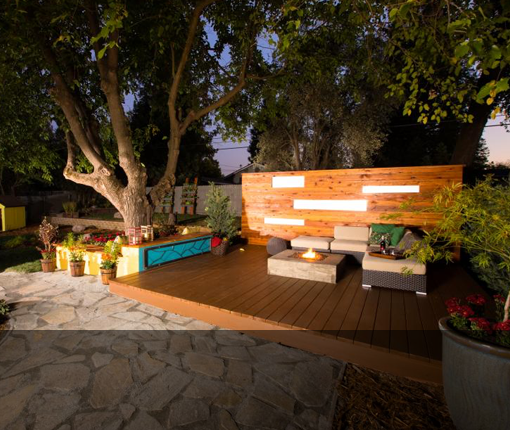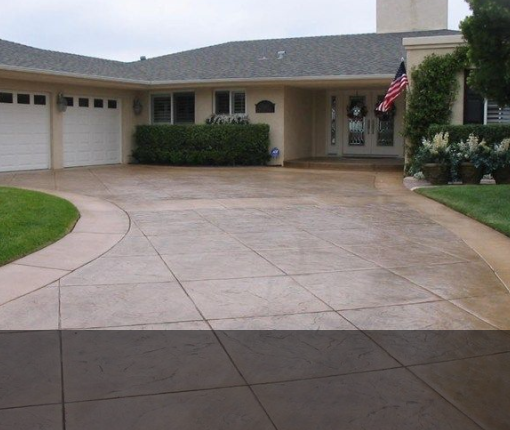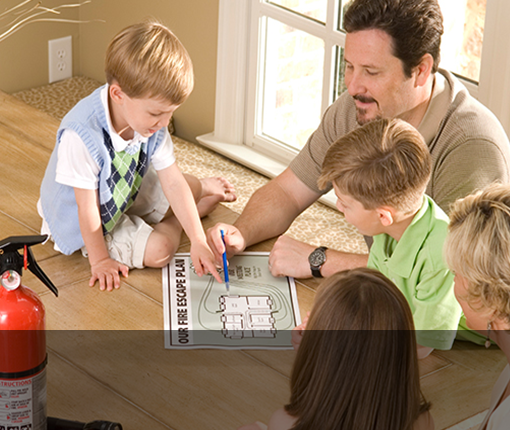Drywall
Maintenance
- 1x per year: Check for holes, cracks or other repairs and patch holes or dings with drywall compound (mud) then sanding or texturing to match existing. For nail pops and small cracks around doors in new homes, its best to wait for at least the first year to pass before addressing these things.
Plaster
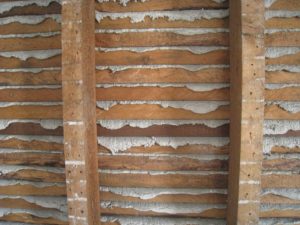
The is short for a drywall system called “lath and plaster.” Prior to WWII plaster was the main interior wall surface in the US.
Lath and plaster is applied by trowel to a wood lathing (lattice). The lathing is nailed across the wall studs to form a backing for the plaster material. This is a labor intensive process because the lattice backing has to be applied to the wall studs by hand. Once the lath is up, then the plaster can be spread over it in several successive coats. Each coat had to be allowed to dry properly. Plaster is a cement product and creates surfaces that are quite hard and durable. Textures can be applied to plaster in infinite artistic patterns. This process is still used today to patch older homes. Plaster can also be floated over the entire surface of special treated wall board to form “thin-wall” plaster. This can make a nice hard plaster-like finish sometimes call Venetian plaster.
Sheetrock
Another drywall material is called Sheetrock. This is the trade name for the wall board material made by the US Gypsum company. Sheetrock wall board was invented in 1916 but was not widely adopted for use till after WWII when the era of fast-production housing took off. Sheetrock comes in standard 4’x8′ sheets and is applied directly to the interior framing of the home. Sheets are laid horizontally or long ways. Sheetrock spans over the studs enclosing the insulation, wire, plumbing and ductwork that are contained in the walls. The use of sheetrock also provides an element of fire protection. By slowing and preventing flames from reaching the main wood framing members of the structure for up to an hour.
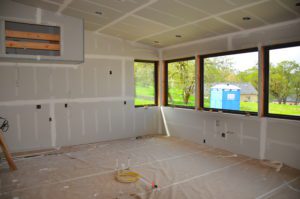
Sheetrock creates a nice ultra-flat surface that can act serve an under-layer for other finishes. Final coats like paint, fabric, wood paneling, stone, tile, canvas, brick and just about anything can be applied on top. Making painted drywall look nice requires that a number of taping compound finish coats be applied. then each of these coats must be hand sanded to make joints and nail holes invisible and to achieve a smooth surface with sharp corners.
“Nail pops,” small cracks over doors and other defects can sometimes show up indicating some movement has taken place. These anomalies might occur at any time but more often they happen as a new home “settles in” during the first year. The great news is that sheetrock is easily patched.

